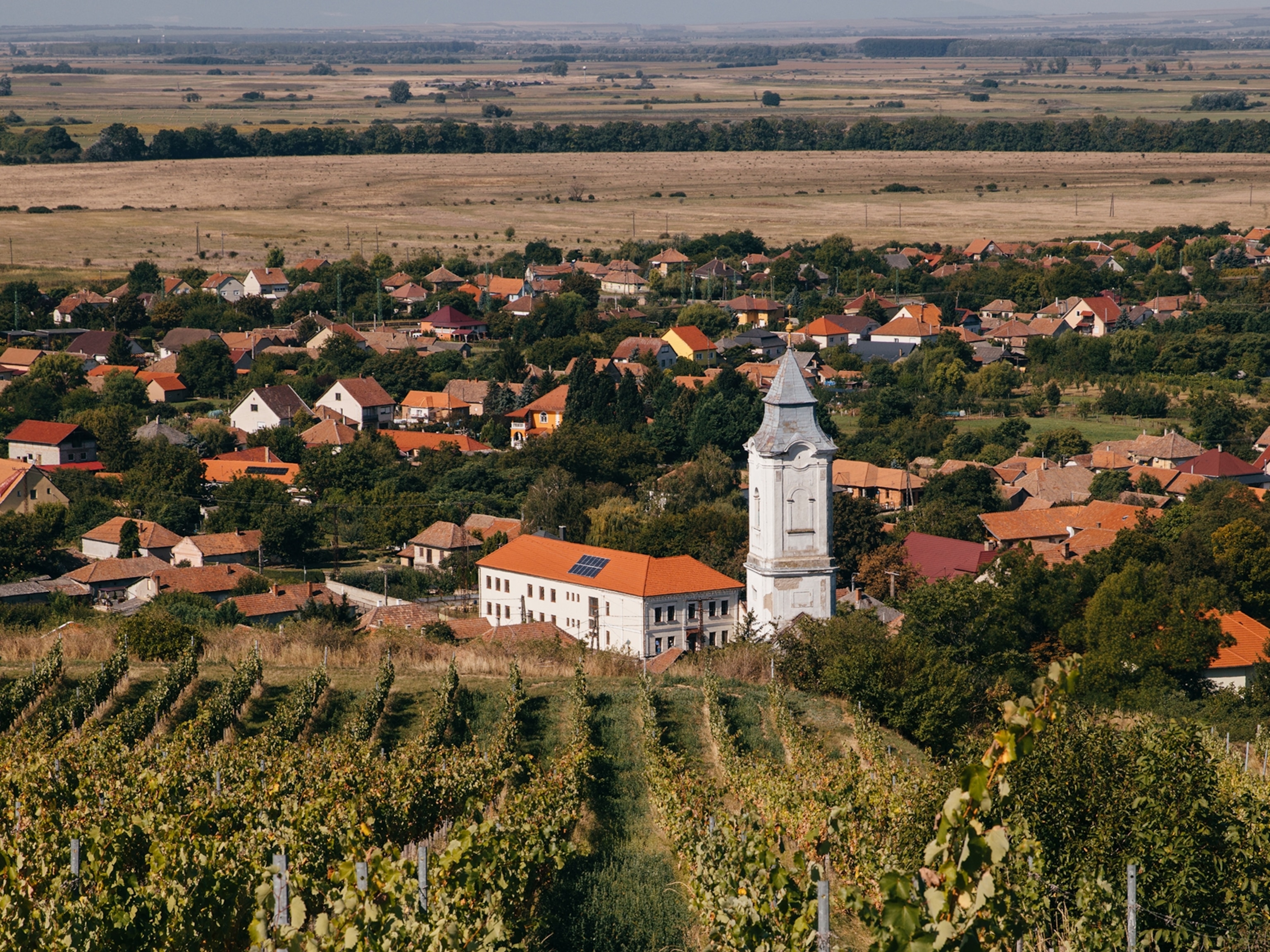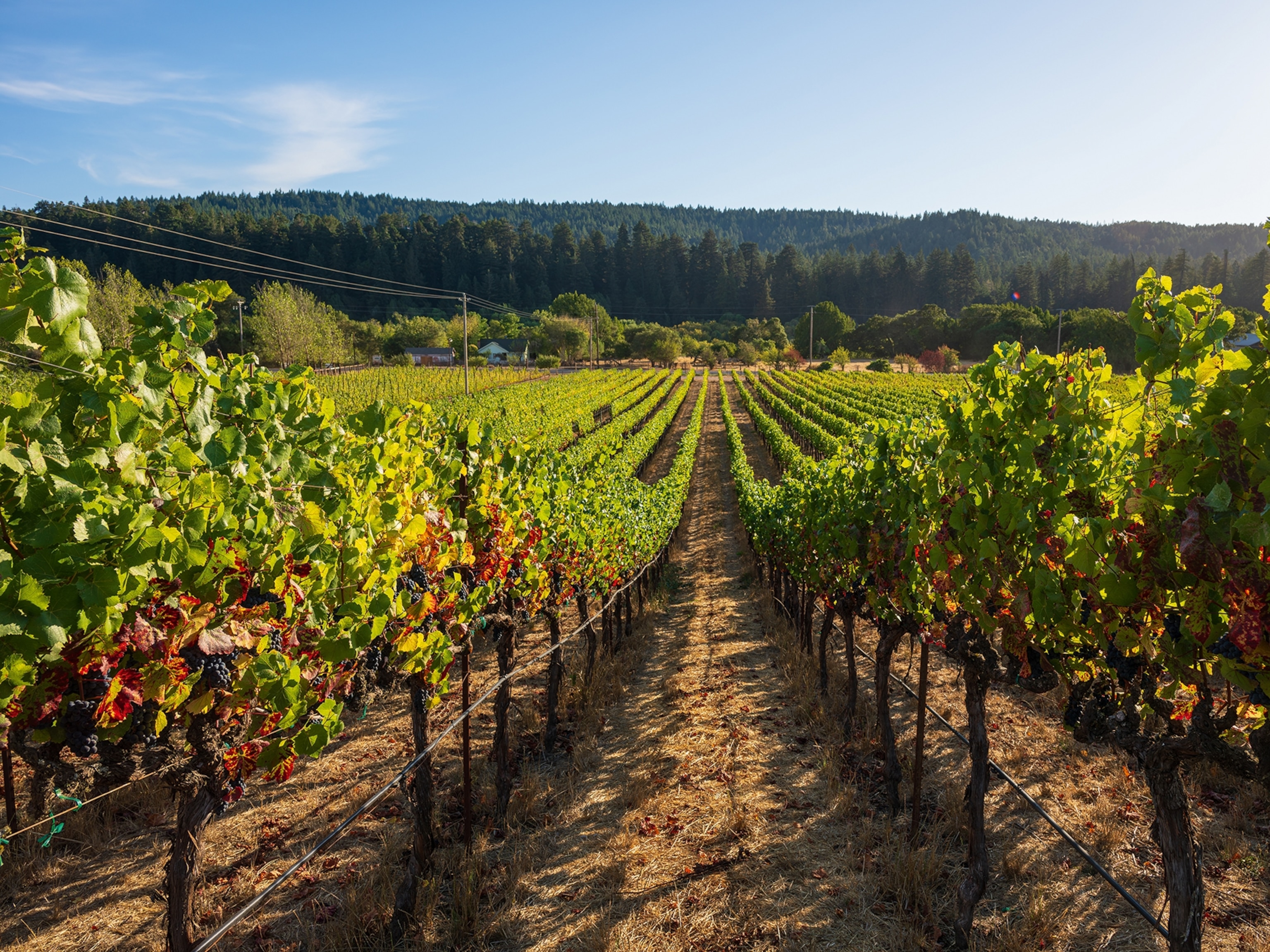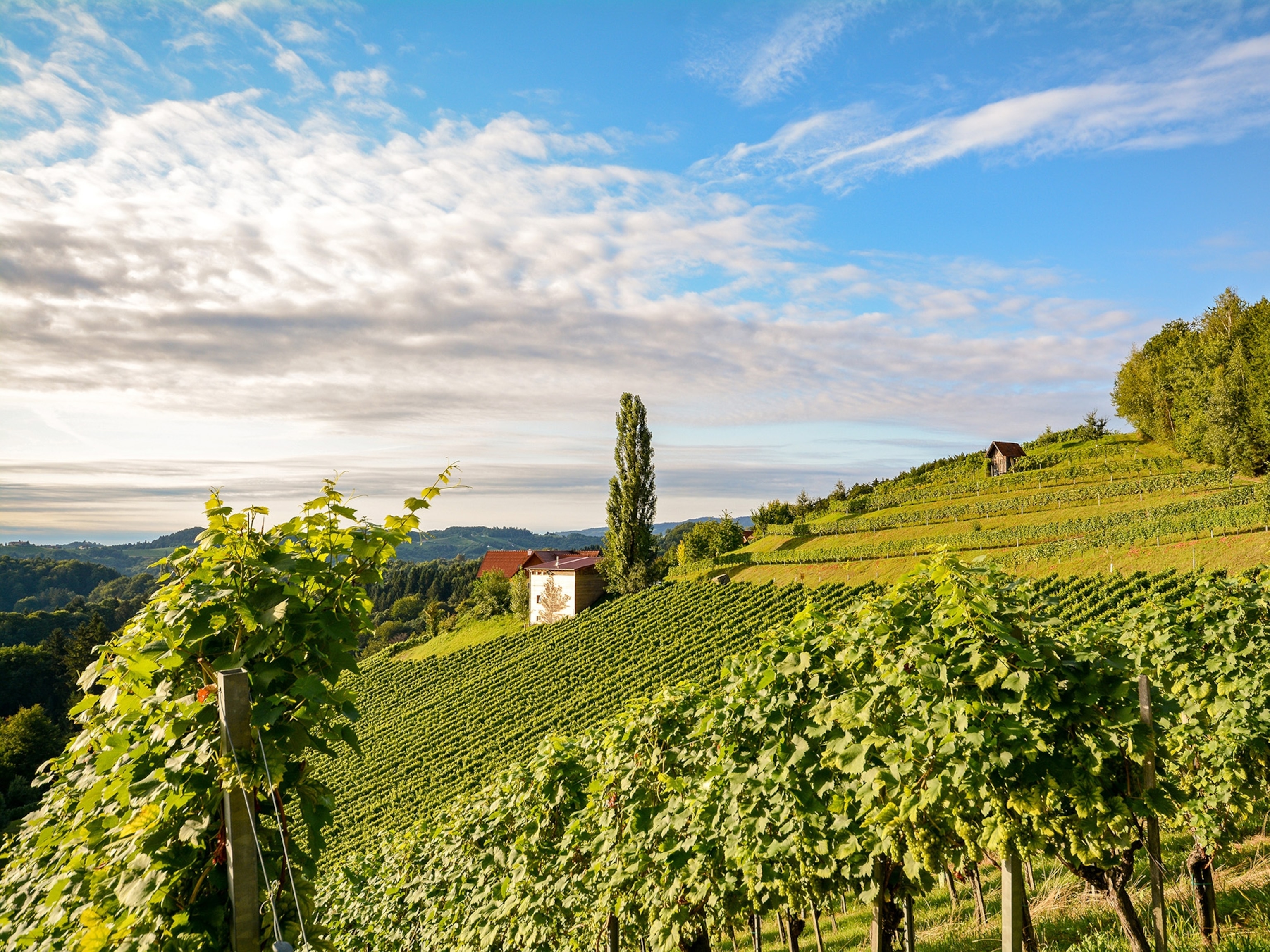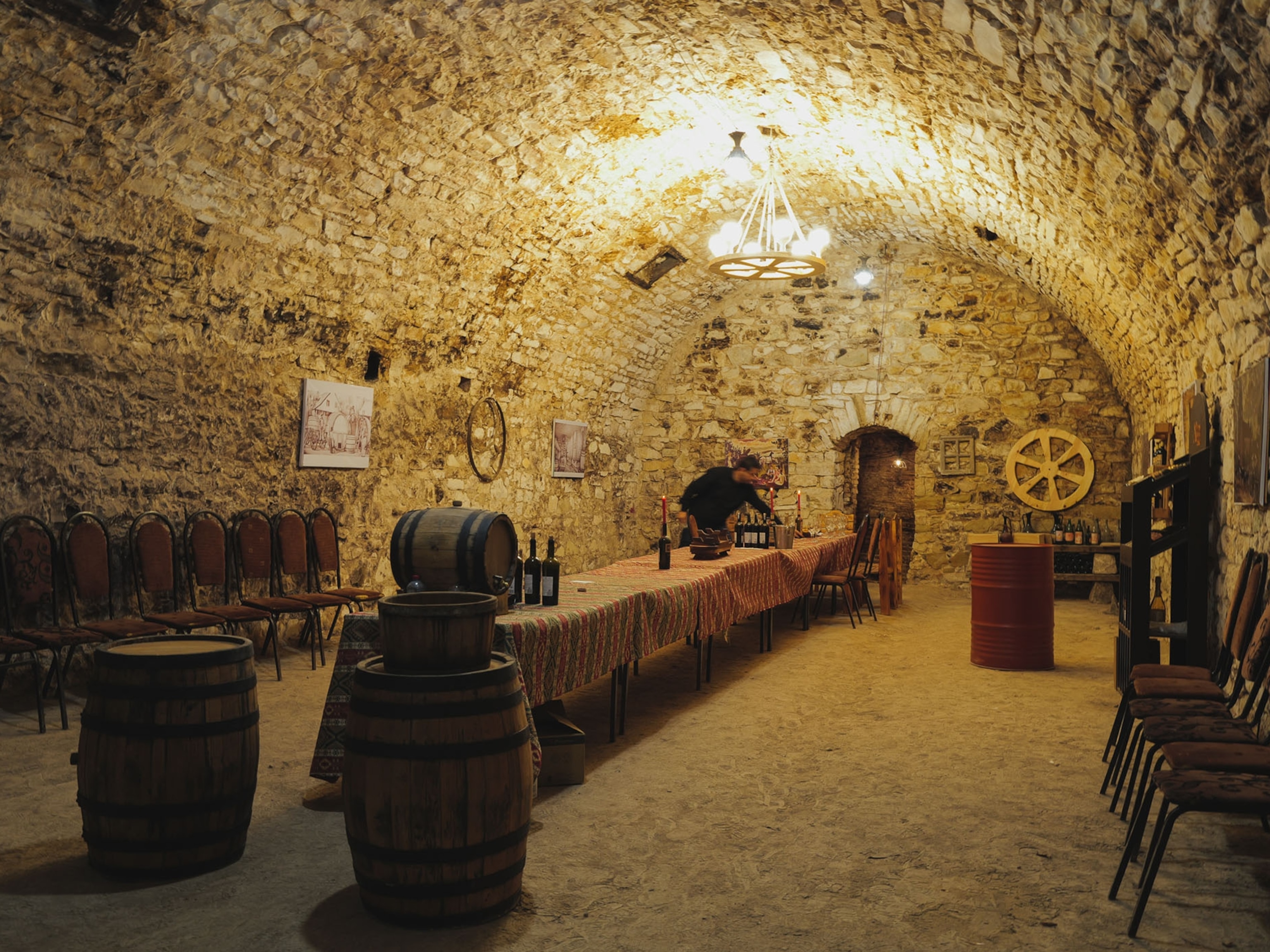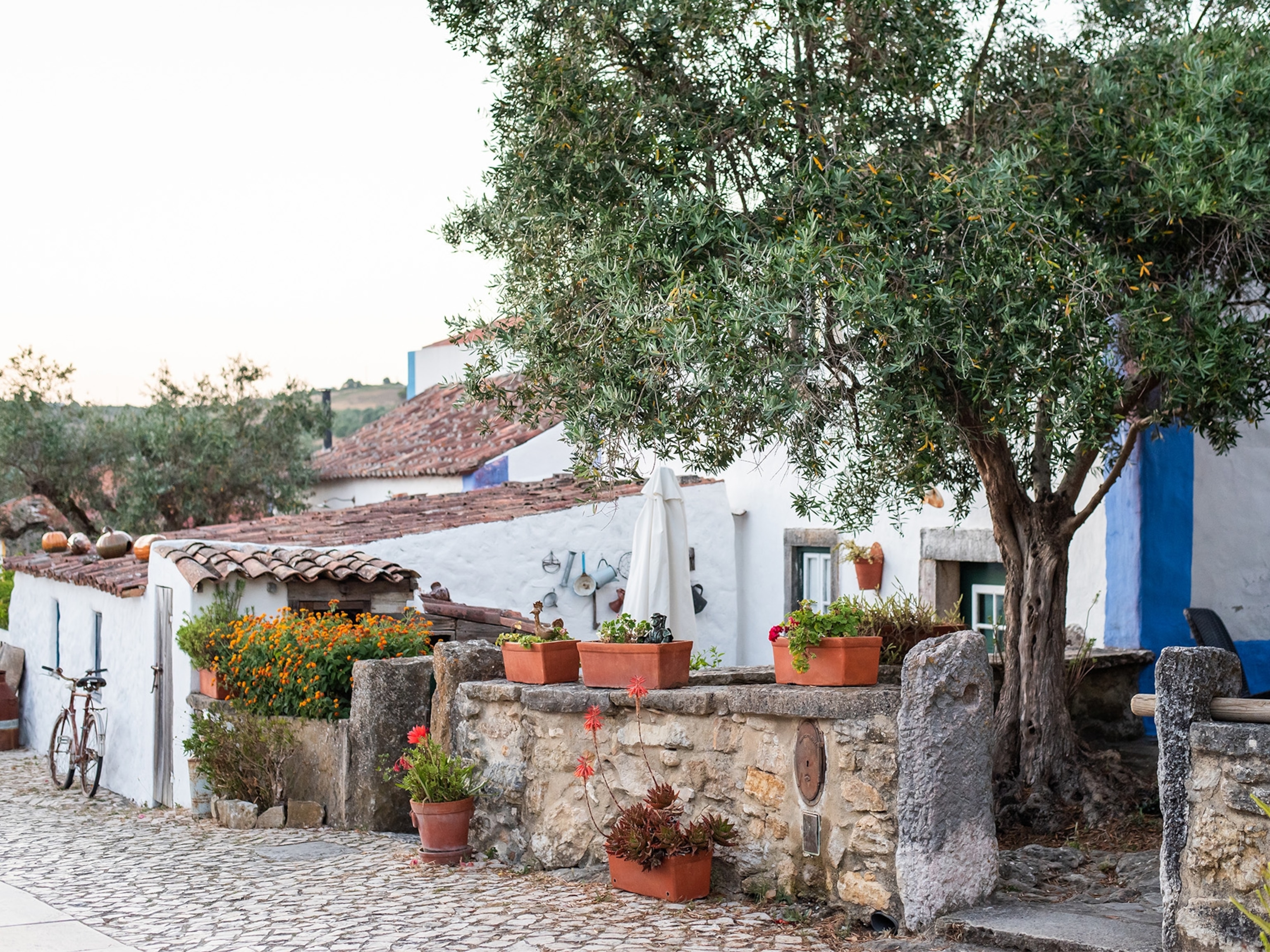From grape to glass: discover Georgian wine and culture in Kakheti
A mountainous landscape studded with ancient monasteries, cerulean rivers and ancestral vineyards, the Kakheti region of Georgia is the country’s main winemaking hub and the perfect place to experience a treasured, 8,000-year-old viticulture tradition.
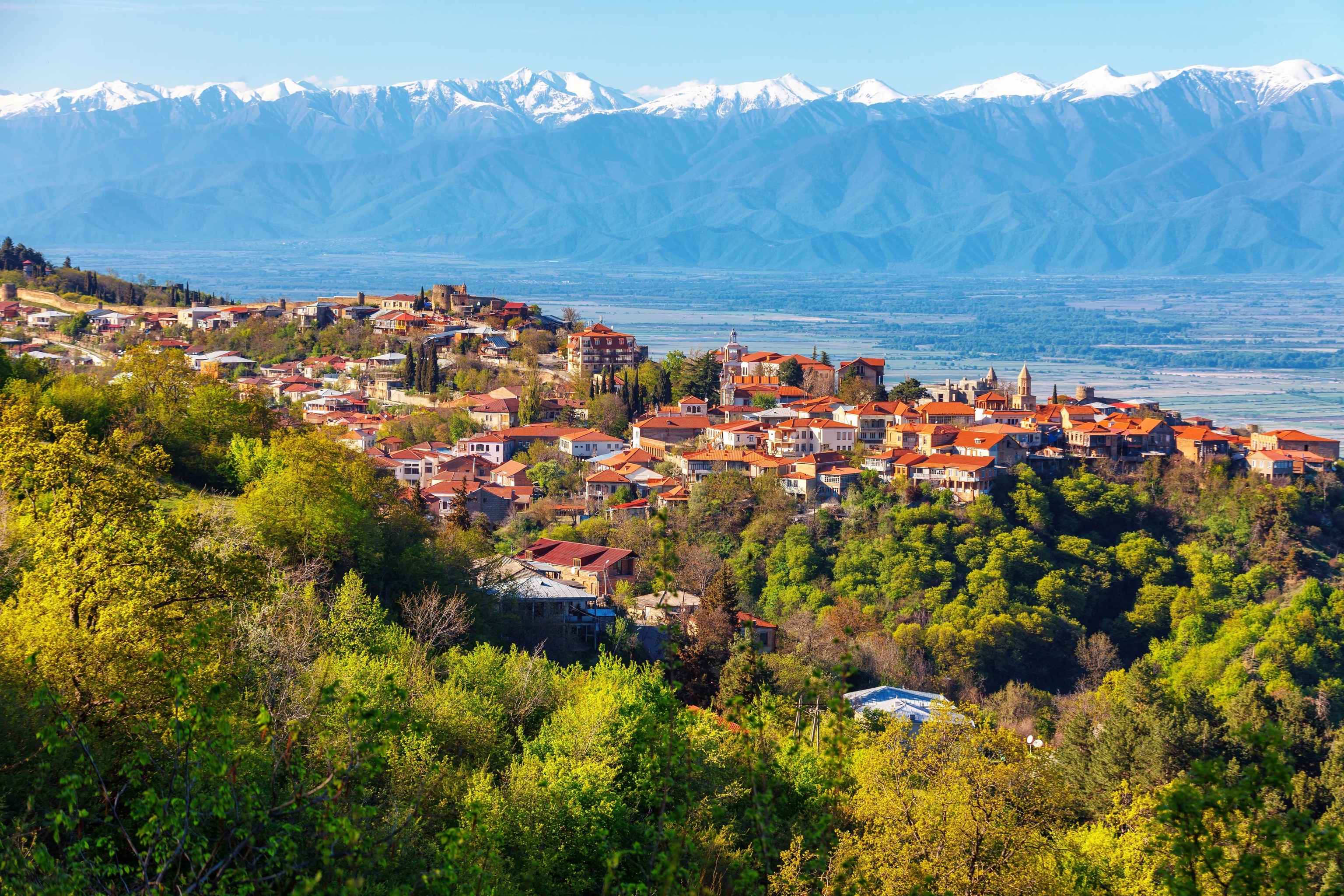
Encircled by the Greater and Lesser Caucasus ranges — and with well over 2,000 peaks within its borders — Georgia is fast becoming one of Europe’s most sought-after destinations for everything from alpine hiking to backcountry skiing. But while hilltop monasteries and medieval stone towers have become the nation’s calling cards, it’s down in the fertile foothills and valleys that some of Georgia’s best-kept secrets lie.
Located on the isthmus that bridges the Caspian and Black Seas, Georgia has long been a conduit for merchants and marauders moving between Europe and Asia. Throughout its turbulent history, this nation has held onto its religion, languages and traditions with steadfast determination. This includes a heritage of wine-making that’s so deeply embedded in Georgian culture that it permeates almost every aspect of daily life. Walk the streets of any village — or even the suburbs of the capital, Tbilisi — during midsummer, and you’ll pass many a private garden dripping with vines.
Drink in a rich history
Fermenting grapes for wine is a custom that’s been practised in Georgia from as early as 6,000 BC. In 2017, archaeologists discovered evidence of winemaking in a Neolithic settlement in the country’s south east, lending credence to what many Georgians already believed to be true: that their country is the global cradle of wine.
Here, winemaking methods have weathered the centuries virtually uninterrupted and unchanged. At the heart of the operation has always been the qvevri: a rotund clay vessel with a tapered bottom that’s buried up to its neck in the earth. Grapes are plucked by hand and crushed by foot in a satsnakheli winepress, then channelled — seeds, skins, stems and all — into the qvevri to ferment. This technique yields deep amber whites, full-bodied reds, and brawny, semi-sweet wines.
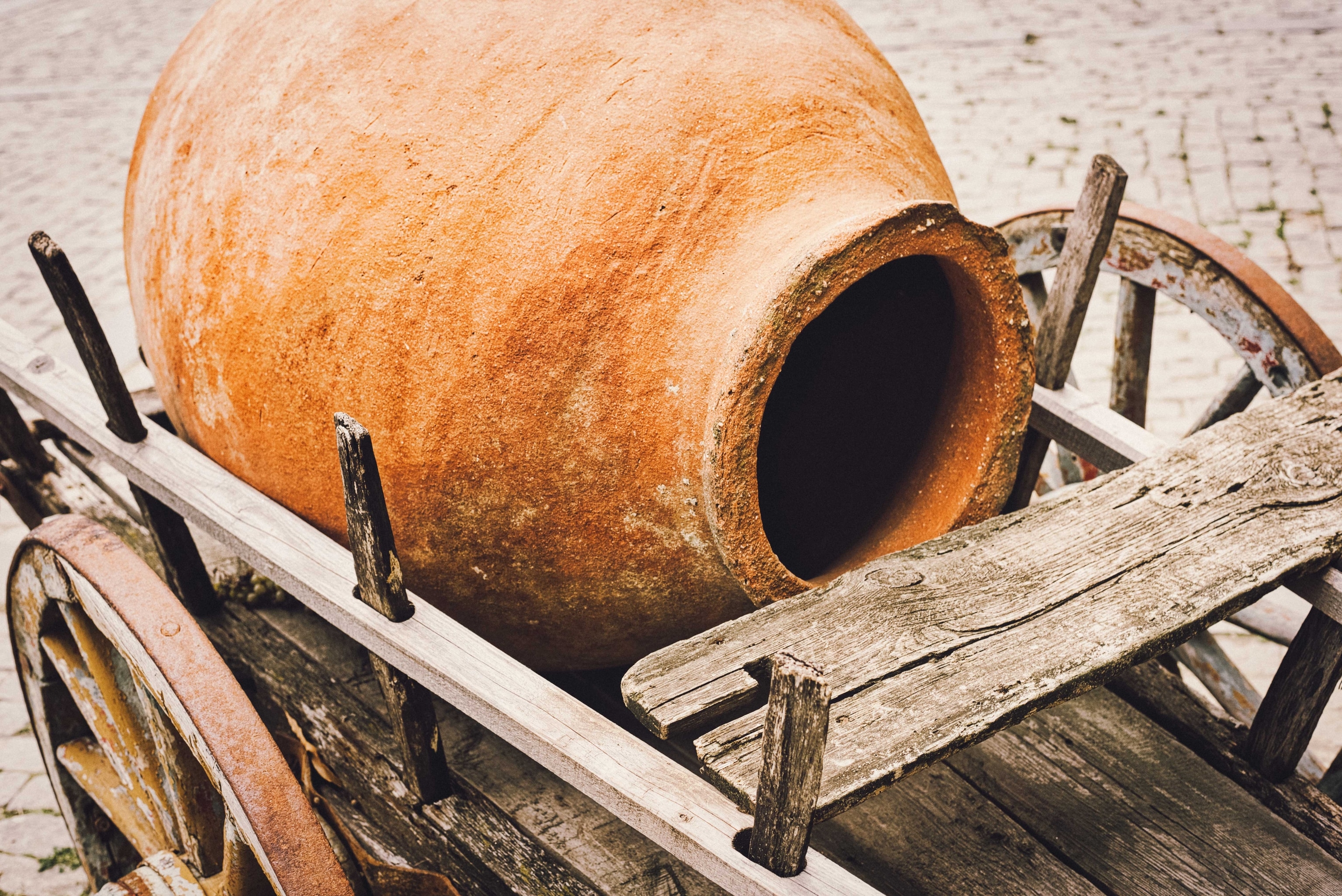
With natural and low-intervention wines experiencing something of a renaissance in recent years, Georgian vintners have found their 8,000-year-old ancestral methods are back in vogue. Many are innovating by returning to their roots, while others are combining qvevri with modern European methods to diversify their offerings.
Georgia has a dozen discrete wine zones, ranging from the terraced vineyards of Samtskhe region in the south to the vine-laden limestone cliffs of north-western Lechkhumi. But it’s Kakheti, in the country’s east, that’s responsible for 80% of the country’s grape harvest. The region has emerged as a destination synonymous with wine, with a rich history woven into its vineyards.
Ruled by its own monarchy until 1801, the Kingdom of Kakheti was a vassal of various Persian and Ottoman dynasties. But while rulers came and went, the importance of the vines remained. On the heels of each invasion, precious saplings were hidden away for safekeeping and re-cultivated in peacetime. In the Soviet era when winemaking was industrialised, hardy grapes such as saperavi and rkatsiteli became pervasive, while the more obscure of the area’s estimated 500 endemic species were sidelined. But when Georgia regained its sovereignty in 1991, independent winemakers pushed underground started to re-emerge — often with endangered grape vines in hand.
Today, Kakheti is home to hundreds of wineries, ranging from small family maranis (wine cellars) to commercial cellar doors. They’re knitted together by the Kakheti Wine Route, a signposted circuit that winds through the dozens of microzones that make up the Alazani Valley. For even the most experienced oenophile, a Georgian wine tasting brings something new. Most winemakers have discarded the white tablecloths and spittoons in favour of a more intimate experience, one often taking place around the family’s dining table.
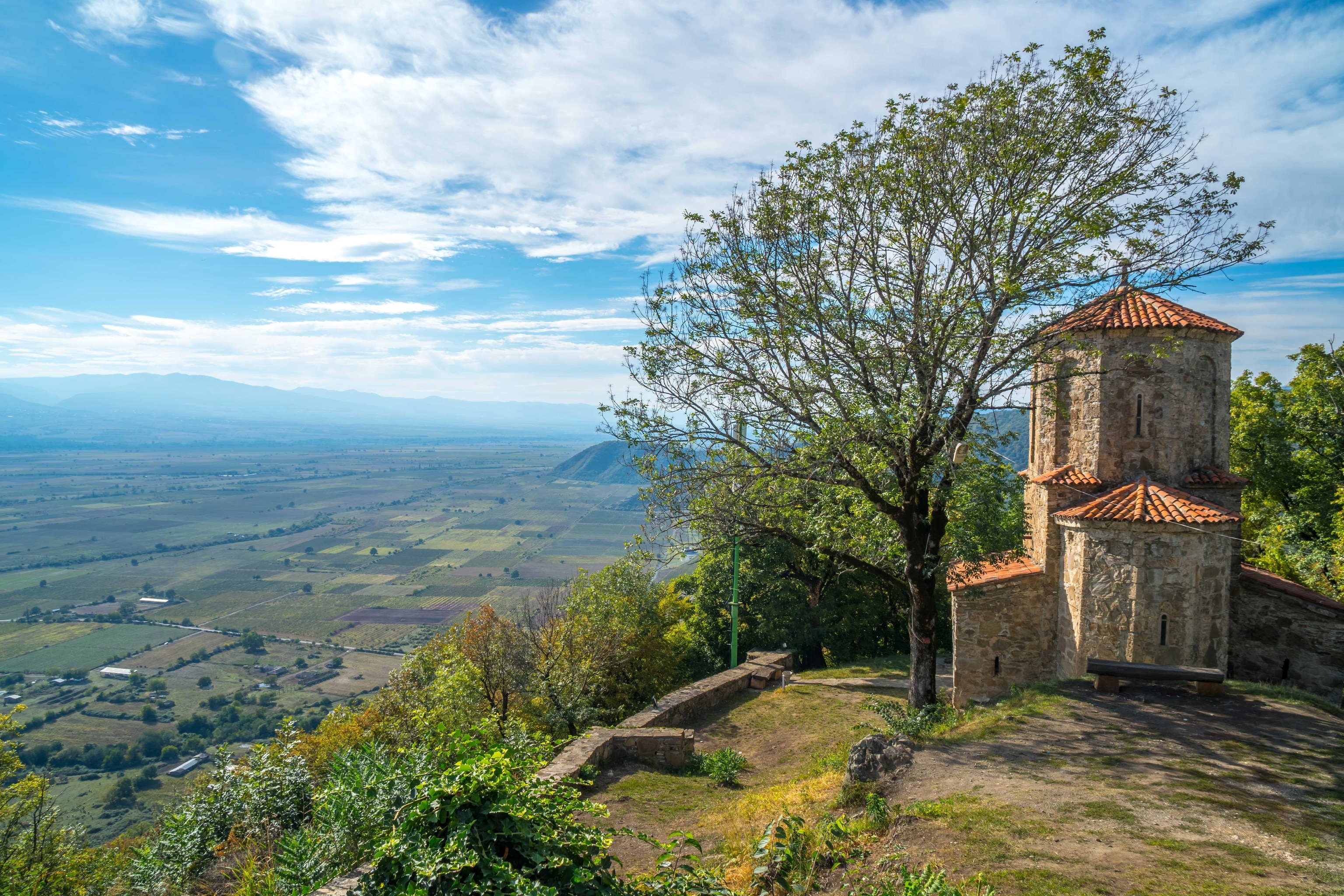
Beyond the vines
As Georgia’s largest region, Kakheti is an area of great diversity, from the remote mountains of Tusheti in the north to the semi-deserts of Vashlovani in the south.
Any visit here will take in a number of beautiful monasteries, many of which have played a key part in the region’s wine-making heritage. Key spots include Alaverdi, a soaring monastery flanked by grape vines, where monks bottle their own blends, and the Bodbe Convent — a monastery dedicated to Saint Nino, the Cappadocia-born missionary and patron of Georgia who carries a crooked cross fashioned from vines in her hand.
Other must-visits include Gremi, the 16th-century citadel that served as the kingdom’s capital, and Nekresi, a monastery perched high amid forested hills. Visit the walled town of Sighnaghi for a panoramic view, and in Telavi, make a pilgrimage to the bazaar to buy churchkhela, a sweet snack of nuts roped together and wrapped in grape juice roux. A trip to father-and-son team Remi and Zaza Kbilashvili’s qvevri workshop reveals how the massive clay vessels are built, inch by inch, using a coil pottery technique. And at the Tsinandali Estate, you can see where the first bottles of Georgian wine were corked.
The best time to visit Kakheti is during the annual rtveli wine harvest, which takes place in September/October. This coincides with the Tsinandali Festival, a week-long musical showcase hosted by the estate.
.jpg)
The Kakheti wine region is approximately two hours by road from Tbilisi via the scenic Gombori Pass. Stay at the Tsinandali Estate, a Radisson Collection Hotel in the heart of the Alazani Valley, from which you can easily reach many of the area’s key sights and vineyards. In the first half of 19th century, Prince Alexander Chavchavadze modernized Georgian winemaking at this historic wine estate, his innovations including its namesake Tsinandaliwine, the first classical white of Georgia. Today, you’ll find an in-house museum detailing the area’s rich wine-making heritage, as well as five restaurants and bars that pair Tsinandali Estate wines with Kakhetian cuisine. Guests have free reign of the gardens, and access to a rooftop pool that looks out to the Greater Caucasus.
For more information, visit radissonhotels.com/collection
